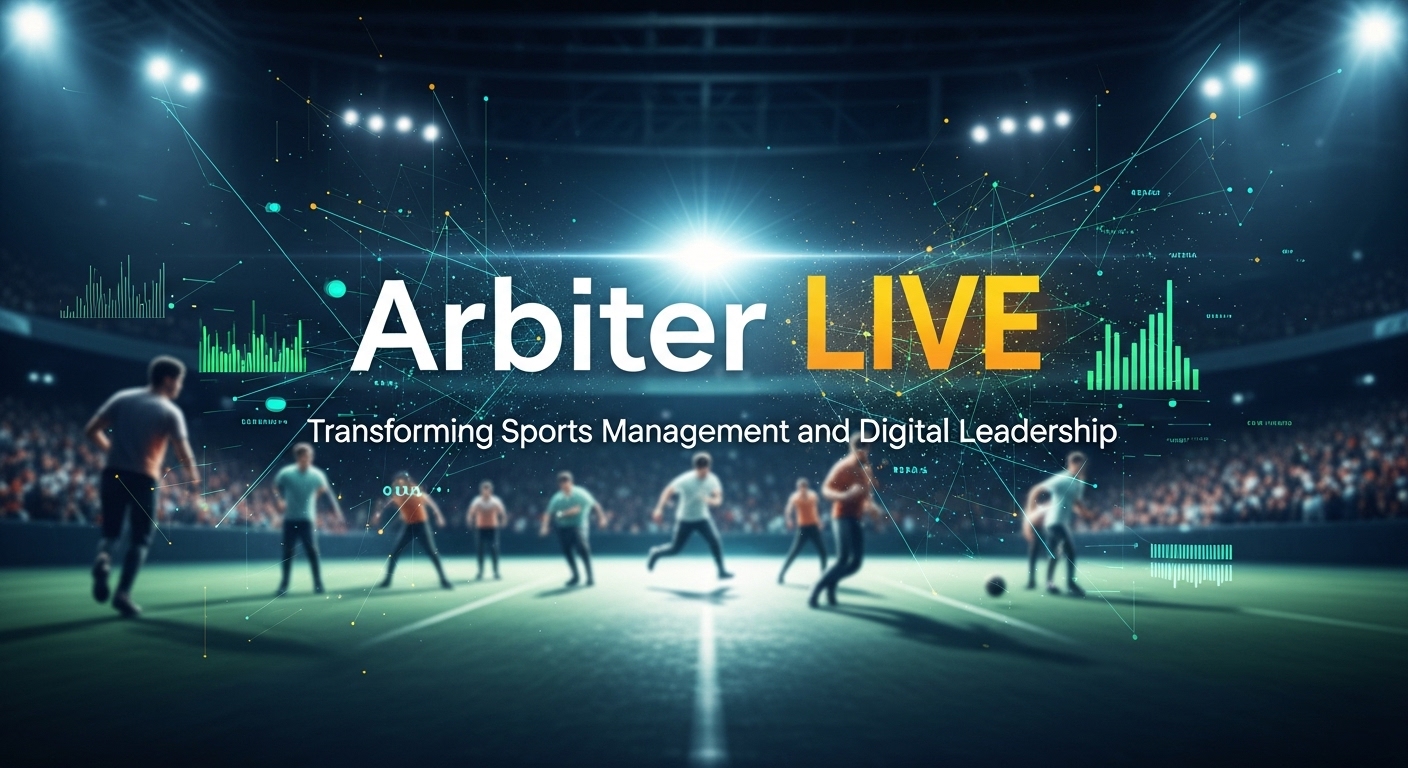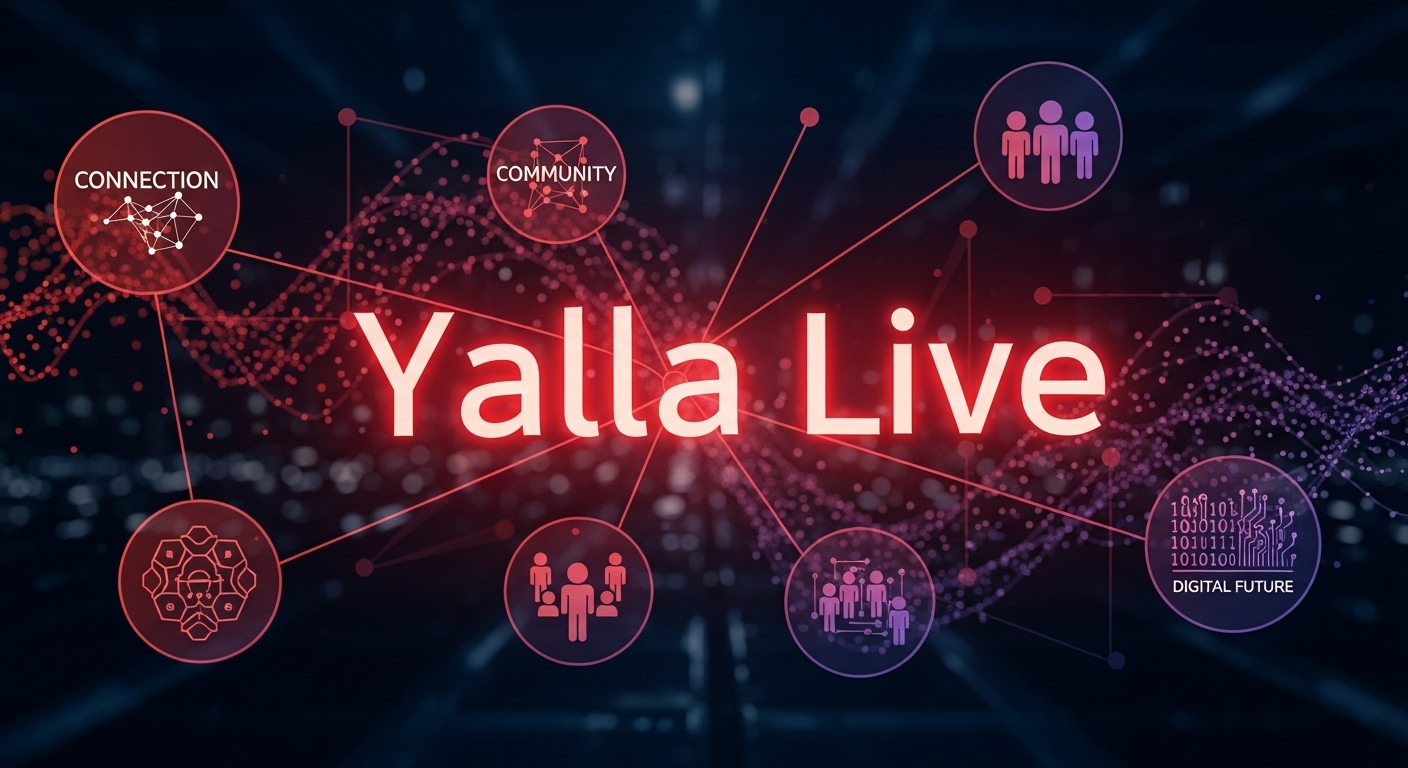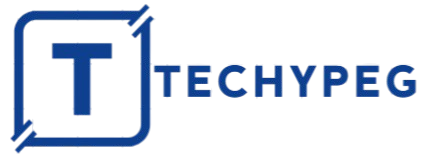BLOG
How to Read Sheet Music: A Step-by-Step Guide for All Levels

Learning how to read sheet music opens up a world of creativity, expression, and musical independence. Whether you’re a beginner picking up an instrument for the first time or an experienced musician looking to refine your skills, understanding the language of music notation is essential. In this article, we’ll explain the basics of reading notes, rhythms, and symbols, explore practical benefits, address common challenges, and provide tips for mastering this crucial skill.
Understanding the Basics of How to Read Sheet Music
What Is Sheet Music?
Sheet music is a visual representation of musical sounds using symbols such as notes, rests, and dynamics. It acts as a roadmap for musicians, showing them what to play, when to play it, and how to interpret the piece.
Why Learning How to Read Sheet Music Matters
- Access to More Music: Written scores let you play thousands of songs across styles and eras.
- Improved Communication: Reading sheet music allows you to collaborate effectively with other musicians.
- Enhanced Creativity: Understanding notation helps you write and arrange your own music.
The Staff and Clefs: Foundation of How to Read Sheet Music
The staff consists of five horizontal lines and four spaces. Each line and space corresponds to a specific pitch.
Treble and Bass Clefs
- Treble Clef (G Clef): Used for higher-pitched instruments like the violin, flute, or right hand on piano.
- Bass Clef (F Clef): Used for lower-pitched instruments like the cello, tuba, or left hand on piano.
Knowing which clef you’re reading is the first step in mastering how to read sheet music accurately.
Notes, Rests, and Rhythms
Notes and Their Values
- Whole Note: 4 beats
- Half Note: 2 beats
- Quarter Note: 1 beat
- Eighth Note: ½ beat
Rests
Rests indicate silence in music. Each rest corresponds to a note duration.
Time Signatures
Time signatures, such as 4/4 or 3/4, tell you how many beats are in each measure and which note value gets one beat.
Key Signatures and Scales
Key Signatures
Placed at the beginning of a staff, the key signature shows which notes are sharp or flat throughout a piece.
Scales
Understanding scales helps you predict note patterns and makes reading faster. For example, knowing the C major scale (no sharps or flats) simplifies beginner reading exercises.
Dynamics, Articulation, and Expression
Learning how to read sheet music involves more than pitches and rhythms; it also means interpreting dynamics and expression marks:
- Dynamics: p (soft), mf (medium), f (loud).
- Articulation: Staccato (short), legato (smooth), accents (emphasized).
- Tempo Markings: Allegro, Andante, Largo, indicating speed.
These elements transform notes on a page into expressive performances.
Step-by-Step Method for How to Read Sheet Music
Step 1: Memorize the Note Names
Use mnemonics like “Every Good Boy Does Fine” for treble clef lines or “Good Boys Do Fine Always” for bass clef lines.
Step 2: Practice Rhythm Separately
Clap or tap rhythms before playing them on your instrument.
Step 3: Start with Simple Pieces
Begin with pieces in C major and 4/4 time to reduce complexity.
Step 4: Use Flashcards and Apps
Music theory apps and flashcards help reinforce memory of notes and symbols.
Step 5: Read Daily
Consistency is key—practice reading new pieces regularly to improve fluency.
Benefits of Learning How to Read Sheet Music
- Improves Ear Training: Seeing notes helps you associate sounds with symbols.
- Boosts Confidence: You’ll be able to pick up new music quickly.
- Increases Musical Opportunities: Join ensembles, orchestras, or choirs that require reading ability.
- Enhances Composition Skills: Notation lets you write your own music with accuracy.
Common Challenges When Learning How to Read Sheet Music
- Overwhelm from Symbols: Start small and add complexity gradually.
- Reading Both Hands (Piano): Practice each hand separately first.
- Sight Reading: Improve by reading a variety of pieces regularly.
Practical Tools to Help You Master How to Read Sheet Music
- Beginner Method Books: Alfred’s Basic Piano Library, Essential Elements for Band.
- Apps and Software: MuseScore, Simply Piano, Tenuto.
- Online Tutorials: YouTube channels and online courses dedicated to music literacy.
Long-Tail Variations Around How to Read Sheet Music
- how to read sheet music for beginners
- how to read sheet music for piano
- how to read sheet music for guitar
- how to read sheet music fast
- how to read sheet music for singing
These variations naturally appear throughout the article to improve discoverability and capture diverse search intents.
Looking Ahead: The Future of Learning How to Read Sheet Music
As technology evolves, learning how to read sheet music will become easier and more interactive:
- Augmented Reality (AR): Apps could overlay note names directly on your instrument.
- Gamified Learning: Platforms like Yousician already use game-like approaches to teach reading.
- Adaptive Learning Tools: AI-driven software can personalize lessons based on your skill level.
- Online Collaboration: Digital sheet music platforms enable real-time sharing and annotations with teachers or bandmates.
This means students of all ages can expect a more engaging and customized experience when learning music literacy.
FAQs About How to Read Sheet Music
1. How long does it take to learn how to read sheet music?
It varies by individual and practice time, but beginners often see progress within a few weeks of consistent study.
2. Do I need to know music theory to read sheet music?
Basic theory helps, but you can start reading while gradually learning theory concepts.
3. Can children learn how to read sheet music easily?
Yes. Many beginner programs are designed specifically for children, using visual aids and simple exercises.
4. Is it necessary to read sheet music to play an instrument?
Not always. Some musicians play entirely by ear, but reading provides access to a broader repertoire.
5. What’s the best way to practice reading sheet music daily?
Set aside 10–15 minutes to sight-read new pieces every day, gradually increasing difficulty.
Conclusion
Mastering how to read sheet music is like learning a new language—once you’re fluent, you unlock unlimited creative possibilities. From understanding basic notes and rhythms to interpreting advanced dynamics and key changes, reading sheet music connects you to centuries of musical tradition.
Looking ahead, digital tools, AR, and AI-driven platforms will make learning easier, more interactive, and more enjoyable. Whether you’re a beginner or an advanced musician, start with simple exercises, be patient, and practice regularly. Soon, you’ll be reading sheet music with confidence and turning notation into beautiful sound.
BLOG
Arbiter Live: Transforming Sports Management and Digital Leadership

In today’s rapidly evolving digital age, success is no longer measured solely by technological advancements or organizational growth. The most impactful platforms are those that bridge operational efficiency with community value, shaping ecosystems that thrive while uplifting the individuals they serve. One such innovative solution is Arbiter Live, a platform that has redefined how sports organizations, schools, athletes, and referees interact in a transparent, streamlined, and modernized environment.
This article explores Arbiter Live’s journey, its approach to integrating technology with purpose, and why it represents the new generation of digital platforms reshaping sports management and beyond.
What is Arbiter Live?
Arbiter Live is a digital sports management platform designed to simplify and centralize scheduling, communication, and coordination within athletics. While its tools are widely used by schools, leagues, and referees, what sets Arbiter Live apart is its holistic approach: it is not just about logistics, but about fostering trust, accountability, and engagement across entire sports communities.
The platform represents a growing movement in digital transformation—where operational excellence and positive user experiences are not mutually exclusive but deeply intertwined.
A Technology Philosophy Rooted in Purpose
At the heart of Arbiter Live’s success is a philosophy that balances innovation with human-centered design. Its mission goes beyond just digitizing workflows; it focuses on strengthening connections in the sports ecosystem. Key aspects of this philosophy include:
- Transparency: Ensuring accurate schedules and publicly visible updates that eliminate confusion.
- Accessibility: Making information easy to find for athletes, parents, and fans.
- Collaboration: Creating a seamless network between administrators, coaches, referees, and families.
This approach reflects the growing recognition that digital platforms must function not only as tools but as community enablers.
Bridging Efficiency with Community Impact
What makes Arbiter Live especially noteworthy is its ability to merge advanced scheduling technology with tangible benefits for the sports community. Examples of this approach include:
- For Schools: Administrators gain a centralized system that simplifies scheduling, reporting, and compliance.
- For Coaches: A clear overview of team calendars ensures smooth communication and reduced scheduling conflicts.
- For Referees: The system assigns, tracks, and manages officiating assignments, ensuring fairness and efficiency.
- For Families & Athletes: Parents and players get real-time access to schedules, changes, and important updates.
By embedding these values into its framework, Arbiter Live creates a virtuous cycle: streamlined operations lead to better participation, and stronger community engagement drives long-term success.
Influence in the Digital Age
In today’s sports environment, where information travels fast, Arbiter Live recognizes the importance of digital accessibility and real-time engagement. By offering a platform that prioritizes ease of use, the service empowers communities to stay informed and connected.
This digital influence enables Arbiter Live to:
- Reach broader audiences with transparent, accurate scheduling.
- Reduce stress for parents and students navigating multiple commitments.
- Inspire other organizations to adopt community-centered digital solutions.
Much like digital leadership in business, Arbiter Live demonstrates how technology can be used not just for operational gains but for fostering trust and inclusion.
A Model for the Future of Sports Management
The rise of Arbiter Live reflects broader shifts in expectations around technology, particularly among younger generations who demand:
- Authenticity: A reliable platform that delivers on its promises.
- User-friendliness: Interfaces that are intuitive, mobile-friendly, and adaptable.
- Community Awareness: Recognition that technology must serve people, not just processes.
By embodying these principles, Arbiter Live positions itself as both a tool and a leader—guiding organizations toward a future where digital efficiency naturally aligns with community well-being.
Challenges and Opportunities
Like any platform navigating today’s digital transformation, Arbiter Live faces challenges:
- Balancing complexity with simplicity: Offering robust features without overwhelming users.
- Maintaining real-time accuracy: Ensuring updates are instantly reflected across all stakeholders.
- Convincing traditional organizations: Encouraging adoption among schools or leagues still reliant on outdated methods.
Yet these challenges also present opportunities. Arbiter Live’s adaptive design allows it to evolve quickly, integrating new technologies like mobile optimization and cloud-based security to deliver even greater value.
Innovation Beyond Scheduling
While Arbiter Live is most recognized for its scheduling efficiency, its influence extends far beyond logistics. Its innovative framework provides:
- Data-Driven Insights: Analytics that help administrators make informed decisions about participation, officiating, and resource allocation.
- Improved Communication: Streamlined channels between coaches, athletes, and families reduce misunderstandings.
- Trust & Accountability: By making schedules public, the platform minimizes disputes and increases reliability across all levels.
These innovations highlight Arbiter Live’s ability to transform sports management into a more transparent, collaborative, and user-friendly process.
Arbiter Live and the Power of Digital Communities
Arbiter Live demonstrates how digital tools can serve as anchors for community-building. Sports, at their core, are about more than competition—they are about shared experiences, teamwork, and personal growth. Arbiter Live ensures that the organizational side of sports never becomes a barrier but instead acts as an enabler of stronger connections.
By simplifying administrative tasks, it gives coaches and athletes more time to focus on what truly matters: training, teamwork, and the love of the game.
Looking Ahead
As it continues to grow, its trajectory signals a new paradigm in sports management technology—one that values reliability, inclusivity, and user empowerment alongside efficiency and growth. In a world where athletes, parents, and organizations increasingly demand transparency and trust, platforms like Arbiter Live are well-positioned to set the standard.
The future of sports management will not be defined by paperwork, confusion, or outdated systems, but by solutions like Arbiter Live that streamline processes while strengthening communities.
Conclusion
In an era where leadership and innovation are measured by both impact and inclusivity, Arbiter Live emerges as a model of purpose-driven technology. By actively balancing advanced scheduling tools with community-oriented values, it redefines how schools, referees, athletes, and families engage with sports.
Moreover, just as modern leaders reshape industries with empathy and responsibility, Arbiter Live transforms athletics with efficiency and transparency. Consequently, its journey highlights an essential truth: success in the digital age depends not only on technology, but also on people, purpose, and connection.
Furthermore, with its steady rise, Arbiter Live embodies the next generation of digital leadership in sports. Indeed, it demonstrates that the best platforms empower not just organizations, but entire communities. Ultimately, Arbiter Live proves that technology achieves its fullest potential when it serves both performance and people.
BLOG
Yalla Live: Redefining Connection, Community, and the Digital Future

In today’s rapidly evolving digital world, success is no longer measured solely by technological advancements or market dominance. The most impactful platforms are those that merge innovation with human connection, shaping ecosystems where people not only interact but also thrive together. One such emerging force is Yalla Live, a platform that has gained recognition for its ability to align cutting-edge technology with meaningful engagement.
This article explores Yalla Live’s journey, its approach to integrating entertainment with community, and why it represents the new generation of digital platforms redefining online connection.
What is Yalla Live?
Yalla Live is steadily gaining global attention as a platform that blends real-time interaction, entertainment, and social connectivity. At its core, Yalla Live is not just about broadcasting or streaming—it’s about creating spaces where people can gather, share, and engage authentically.
The platform represents a growing shift in digital culture: online communities are no longer passive consumers but active participants. With Yalla Live, users experience connection as something dynamic, meaningful, and socially enriching.
A Philosophy Rooted in Connection
At the heart of Yalla Live’s success is its commitment to community-first practices. Unlike platforms that prioritize only growth metrics, Yalla Live emphasizes building experiences rooted in:
- Authentic Interaction – enabling genuine conversations across borders.
- Accessibility – ensuring diverse audiences can participate without barriers.
- Cultural Exchange – fostering spaces where global users learn from one another.
This philosophy reflects the recognition that modern digital spaces cannot thrive on algorithms alone—they must be inclusive ecosystems where users feel valued and heard.
Bridging Technology with Social Impact
What makes Yalla Live especially noteworthy is its ability to merge advanced streaming technology with tangible social benefits. Instead of being just another entertainment app, Yalla Live positions itself as a community builder.
Examples of this approach include:
- Interactive Features – tools that allow users to collaborate, host discussions, and engage beyond passive viewing.
- Global Community – creating opportunities for people across different regions to connect in real-time.
- Empowerment of Creators – supporting streamers and hosts to grow their digital presence while sharing meaningful content.
By embedding these values, it illustrates how digital innovation can create a cycle of growth—where strong communities drive platform success, and the platform, in turn, nurtures those communities.
Influence in the Digital Age
In today’s hyper-connected world, Yalla Live understands the importance of digital influence. Beyond being a platform, it serves as a stage for conversations, talent, and cultural narratives to reach global audiences.
Through its innovative approach, Yalla Live empowers users to:
- Reach new audiences by broadcasting ideas, performances, and discussions.
- Engage youth who value authenticity and real-time interaction over curated, polished media.
- Inspire participation by fostering inclusive and transparent digital spaces.
This adaptability ensures it stays relevant in a crowded streaming and social networking landscape.
A Model for the Next Generation of Platforms
Yalla Live reflects broader shifts in what users expect from digital platforms, particularly Millennials and Gen Z. These generations prioritize values beyond entertainment—they seek authenticity, cultural diversity, and global perspectives.
Yalla Live embodies these principles by focusing on:
- Authenticity – ensuring content and connections feel genuine.
- Inclusivity – giving diverse voices equal opportunity to shine.
- Global Vision – creating digital bridges across cultural and geographic divides.
By championing these ideas, it has positioned itself as both a trailblazer and a role model for the next era of digital engagement.
Challenges and Opportunities
Like any platform navigating today’s competitive digital ecosystem, Yalla Live faces challenges:
- Balancing growth with user experience.
- Maintaining community trust in an era of misinformation.
- Staying innovative while avoiding feature fatigue.
Yet, these challenges also represent opportunities. It’s commitment to adaptability allows it to transform obstacles into stepping stones for growth. By listening to its users and prioritizing meaningful engagement, it ensures its platform remains sustainable and relevant.
Real-World Impact of Yalla Live
The true influence of Yalla Live can be seen in its practical applications:
- Cultural Events – broadcasting festivals, performances, and discussions that reach global audiences.
- Education & Awareness – hosting conversations on social issues, technology, and lifestyle topics.
- Entertainment – offering interactive experiences that go beyond traditional live streaming.
- Community Building – providing a safe space for individuals to connect around shared interests.
These examples showcase that it is more than a digital trend—it is a framework for reimagining how people connect online.
Looking Ahead
As Yalla Live continues to grow, its trajectory signals a new paradigm in digital engagement—one that values inclusivity, authenticity, and shared growth alongside innovation and technology. In an age where users increasingly demand accountability and connection, Yalla Live is well-positioned to set the standard.
By continually evolving, it proves that the future of digital platforms lies not in one-way broadcasting but in dynamic, community-driven engagement.
Conclusion
It is not just a live-streaming platform; it is a movement redefining what it means to connect in the digital age. By focusing on empathy, inclusivity, and innovation, it creates meaningful experiences that go beyond entertainment.
The lesson is clear: when digital innovation aligns with human connection, platforms like Yalla Live don’t just survive—they thrive, uplifting both individuals and communities along the way.
BLOG
TalktoWendys: Wendy’s Official Survey Guide to Win Free Rewards

TalktoWendys
TalktoWendys (often found at www.talktowendys.com) is the official customer satisfaction survey portal created by Wendy’s. The fast-food giant values customer feedback and uses this platform to understand dining preferences, service quality, and suggestions for improvement.
By completing the survey, customers help Wendy’s enhance its menu and service while also enjoying exclusive perks.
How to Participate in TalktoWendys Survey
Here’s a step-by-step guide to completing the TalktoWendys survey:
- Make a Purchase – Visit a Wendy’s location and keep your receipt handy.
- Visit the Survey Website – Go to www.talktowendys.com.
- Enter Receipt Details – Input the restaurant number, date, and time of your visit.
- Answer Questions Honestly – Share your feedback about food, cleanliness, staff, and service.
- Submit and Receive a Code – At the end, you’ll get a validation code to redeem free food or discounts on your next purchase.
Benefits of Completing TalktoWendys
Taking part in TalktoWendys offers multiple perks:
- Free Food Rewards – Commonly includes a free Dave’s Single burger or BOGO offers.
- Exclusive Discounts – Get special offers on future meals.
- Improved Service – Your feedback helps Wendy’s improve their menu and customer experience.
- Quick & Easy Process – The survey only takes about 5 minutes to complete.
TalktoWendys Rules and Requirements
To ensure eligibility for the TalktoWendys survey, here are some important rules:
- Must be a legal resident of the U.S. or Canada.
- Recent Wendy’s receipt is required.
- One survey per receipt.
- Must be 18 years or older.
- Rewards are not transferable.
Tips to Maximize Your Wendy’s Rewards
If you want to get the most out of TalktoWendys, follow these simple tips:
- Save Every Receipt – Each one gives you another chance for free food.
- Take the Survey Quickly – Most receipts expire within 7 days.
- Be Honest – The more genuine your feedback, the better Wendy’s can serve you.
- Use Rewards Before Expiry – Validation codes usually expire in 30 days.
Final Thoughts
The TalktoWendys survey is a win-win opportunity for both Wendy’s and its customers. While Wendy’s gains valuable insights to improve their services, customers enjoy free food, discounts, and exclusive deals just by sharing feedback.
So next time you dine at Wendy’s, don’t throw away your receipt — visit www.talktowendys.com, complete the survey, and claim your reward.
-

 BLOG1 month ago
BLOG1 month agoWebteknohaber: Your Go-To Source for Technology News
-

 ENTERTAINMENT1 month ago
ENTERTAINMENT1 month ago123movies: Top 5 Truths You Must Know Today
-

 BLOG1 month ago
BLOG1 month agoVezgieclaptezims: Unraveling the Marvels Behind This Unique Concept
-

 BLOG1 month ago
BLOG1 month agoRamneek Sidhu: A Trailblazer in the Digital Marketing Landscape
-

 Home1 month ago
Home1 month agoCinndymovies: All You Need To Know
-

 BLOG1 month ago
BLOG1 month agoPokedle: The Ultimate Pokémon Daily Word Game
-

 BLOG3 weeks ago
BLOG3 weeks agoUvlack: Protective Coating for Strength and Style
-

 BLOG1 month ago
BLOG1 month agoMixmoz.com: Smart Indian Blog for Life Tips & Daily Solutions
